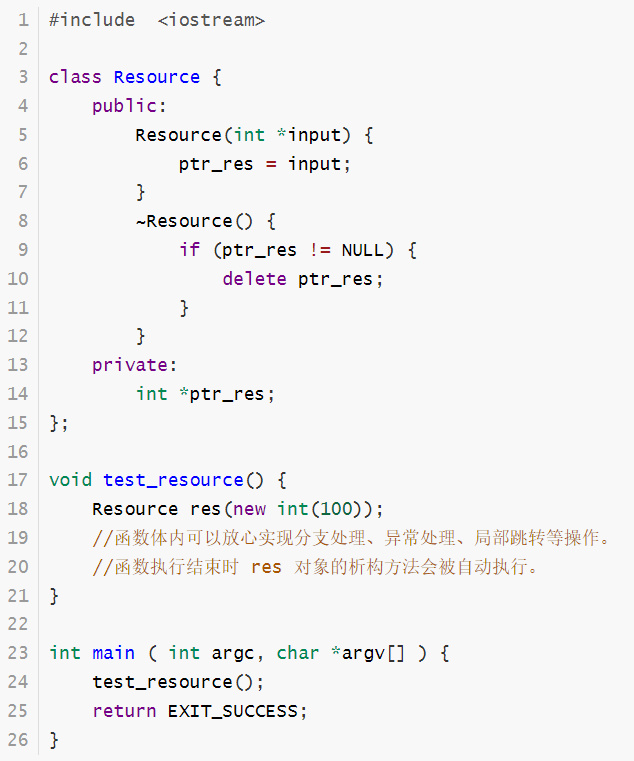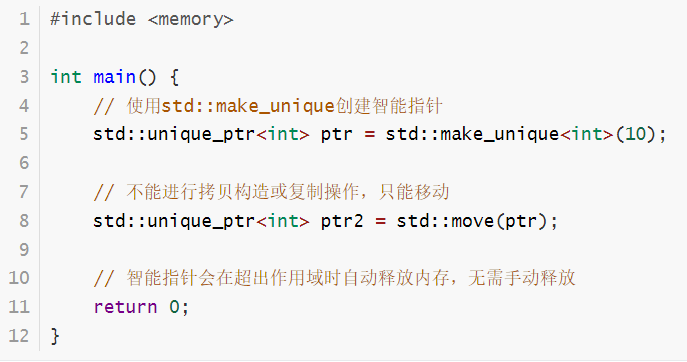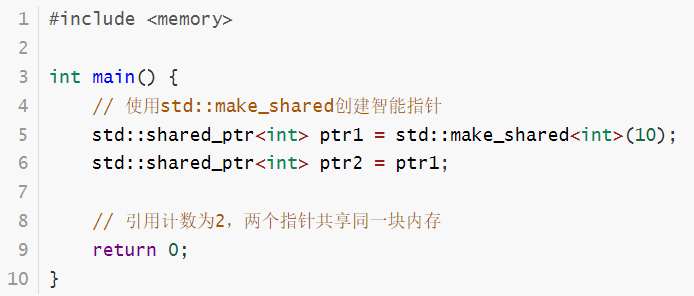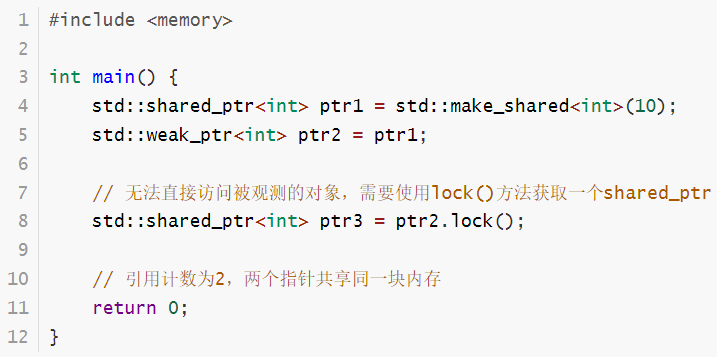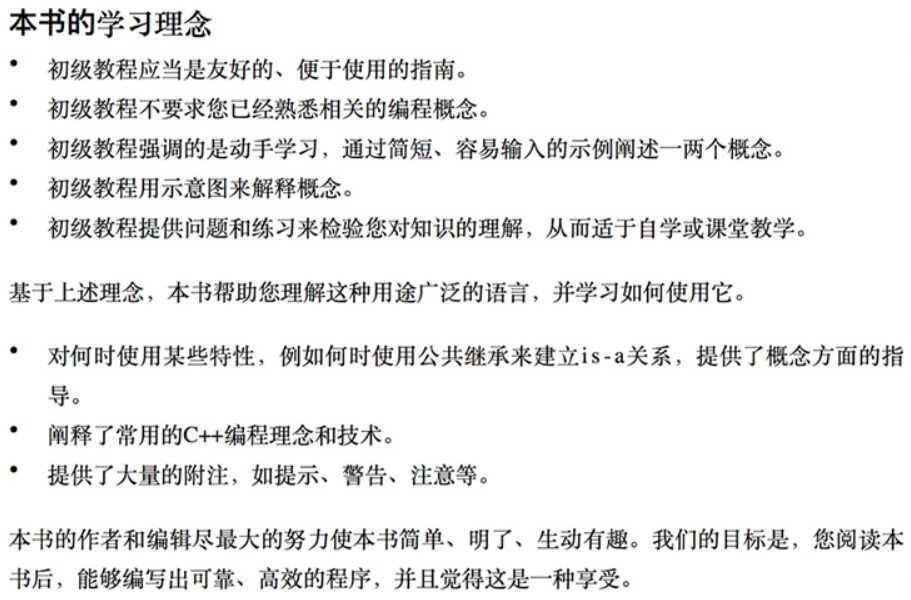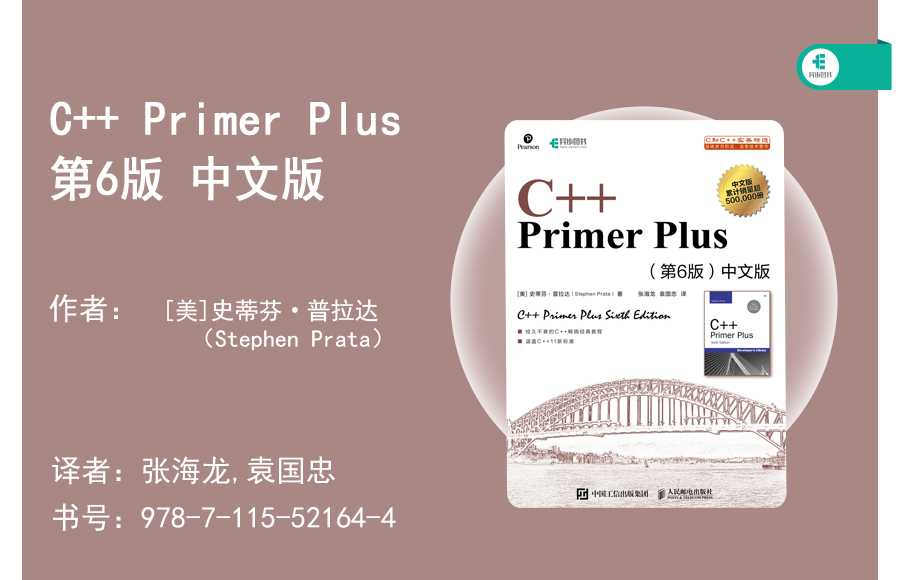A Classic C++ Interview Question
Is it difficult for beginners to pass interviews at major companies? Let’s first look at a classic C++ interview question.
“Can you explain the principles and uses of smart pointers?”
If students have memorized the strategies, they can probably say that smart pointers are objects that encapsulate pointers and can automatically manage memory, releasing it when it’s no longer needed. Those with a bit more detail can also list and briefly explain the usages of three types of pointers: unique_ptr, shared_ptr, and weak_ptr.
However, the assessment in interviews will never stop at these pieces of knowledge. The reason this interview question is classic is because of its openness; from this question, it can expand to many areas, making it a frequently used question in interviews.
Here are some expansion directions.
· “Why does C++ need smart pointers?” This involves knowledge of C++ memory management, including the memory layout of stack and heap, dynamic memory allocation and deallocation, and addressing common memory operation issues (memory leaks, double releases, dangling pointers, etc.).
· “Please implement a shared_ptr type.” This is to assess the interviewee’s C++ programming skills, understanding of smart pointer principles, and algorithm implementation abilities.
· “Are smart pointers thread-safe? Are they exception-safe?”
As can be seen, interviewers can flexibly combine questions based on the interviewee’s responses, almost covering all aspects. Students need not worry; interviews are not meant to trip someone up but to understand the interviewee’s overall capabilities.
To answer this essential question well, let’s delve into smart pointers.
Smart pointers are essentially smart objects that encapsulate raw pointers. To understand their operation, one must know the RAII (Resource Acquisition Is Initialization) principle.
The Basic Principle of RAII is: acquire resources upon object construction and release them upon destruction, using the object’s lifecycle to manage resources. The core idea is that resource acquisition and release should be bound to the object’s lifecycle, ensuring resources are correctly released after use.
Smart pointers allocate resources (such as dynamic memory allocation) through their constructors and release resources through their destructors. When the object goes out of scope, the destructor is automatically called to release resources, thus avoiding the hassle and risks of manual memory management.
Now, let’s look at a simple example of the RAII pattern.
The example defines a resource management object Resource, whose constructor can accept an int * type pointer, and in its destructor, it releases the memory allocated for that pointer. In the function test_resource(), a Resource object is created as a local variable, and an int type variable is dynamically allocated and passed in.
Observing the program execution process, we can see that the lifecycle of the res object is within the test_resource() function, so when the function finishes executing, the res object’s destructor will be automatically executed, and the resource will be released. Thus, the memory dynamically allocated within the test_resource() function can be used with confidence, without worrying about memory leak issues.
This process encapsulates the essence of RAII. Understanding this, let’s look at how the three types of smart pointers in the C++ standard library work.
Mastering the Three Types of Smart Pointers in the C++ Standard Library
There are three types of smart pointers in the C++ standard library: std::unique_ptr, std::shared_ptr, and std::weak_ptr. Among them, std::unique_ptr is used for exclusive ownership of an object, std::shared_ptr allows multiple pointers to share ownership of an object, while std::weak_ptr is a weak reference used to solve the circular reference problem of std::shared_ptr.
It is worth noting that the C++ 98 standard included the auto_ptr smart pointer, but due to its ownership transfer issues and some cases where it was unsuitable for containers, it was deprecated after the C++ 11 standard.
Let’s learn each one through code examples to clearly understand their features and limitations.
unique_ptr is an exclusive smart pointer that has unique ownership of the object, cannot be copied, and can only be moved. This means that when unique_ptr goes out of scope or is explicitly released, the object it points to will be automatically released. The advantage of unique_ptr lies in its efficient memory management and its ability to avoid common memory leak issues.
The limitation of unique_ptr is that it prohibits copy construction and assignment operations, and ownership can only be transferred through move semantics. This may lead to some inconveniences and requires careful design and usage.
shared_ptr is a shared smart pointer that allows multiple pointers to share the same memory and uses reference counting to track the number of pointers. When the reference count reaches 0, the memory is released. The advantage of shared_ptr is that it can solve the problem of multiple pointers sharing the same memory while avoiding resource leaks.
However, its drawback lies in the circular reference problem, where a group of shared_ptrs reference each other, potentially leading to memory leaks since their reference counts will never reach 0, thus preventing memory from being released. This is where weak_ptr comes in to solve the issue.
weak_ptr is a weak reference pointer used to solve the circular reference problem that shared_ptr may cause. It can observe the object managed by shared_ptr without increasing the reference count, thus not affecting the object’s lifecycle. When access to the observed object is needed, the lock() method can be used to obtain a shared_ptr.
When using weak_ptr, it is necessary to ensure that there is a corresponding shared_ptr; otherwise, access will fail. In a multithreaded environment, operations on the reference counts of shared_ptr and weak_ptr need to be synchronized; otherwise, it may lead to undefined behavior.
Now, students should have grasped the ins and outs of smart pointers and their usage. However, knowing these points is not enough to enter major companies, as C++ knowledge is indeed vast. But if you can tackle this book “C++ Primer Plus (6th Edition) Chinese Version”, then C++ technical interviews will no longer be a challenge for you.
Secrets to Passing C++ Interviews at Major Companies
“C++ Primer Plus (6th Edition) Chinese Version” is specially written for beginners, so even absolute beginners can read it with confidence. Many experts from major companies praise this book for guiding them into the world of C++.
The book’s greatest feature is that it provides readers with a systematic learning path, laying out various key knowledge points of C++ in detail, leading readers to easily get started. The content is comprehensive, covering basic syntax, memory models, object-oriented programming rules, standard library usage, and more.
This is the 6th edition of the original book, fully updated for the C++ 11 standard, helping readers step into the world of “modern C++”. The book also includes a wealth of examples and exercises to help readers consolidate their knowledge. By systematically studying this book, readers can master the core concepts and programming skills of C++, adequately preparing for technical interviews at major companies.
The author, Stephen Prata, is an experienced computer science educator with over 20 years of teaching experience and the author of several bestselling technical books. His technical expertise and teaching style make this book both deep and easy to understand, suitable for beginners to quickly get started and establish a solid foundation in C++ knowledge.
Students must practice every example in the book to strive to understand the design concepts behind the language features. Once a systematic understanding is established, diving deeper into some complex content in C++ will feel like a breeze.
Do you dream of becoming a C++ developer at a major company? Then grab this major company C++ interview guide—”C++ Primer Plus (6th Edition) Chinese Version”—and embark on the journey from novice to C++ expert!
▼Click below to purchase the book, limited-time discount
Can you explain the principles and uses of smart pointers?
Participate in the interaction in the comments section, and click “See” and share the event to your Moments. We will select one reader to receive a digital e-book, deadline March 30.
